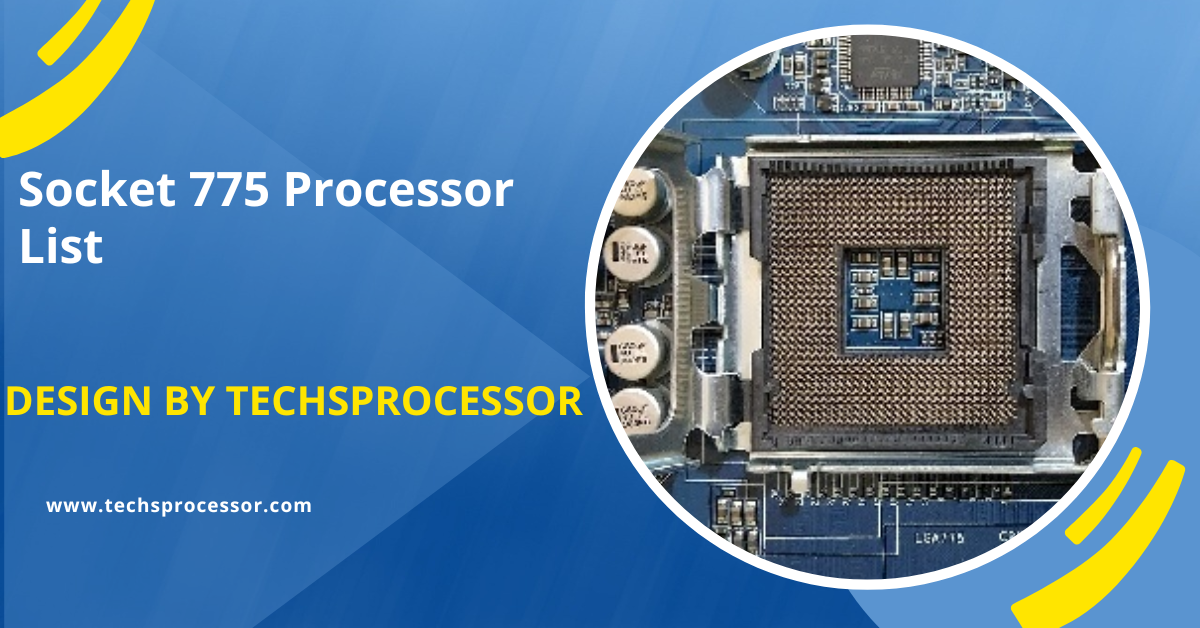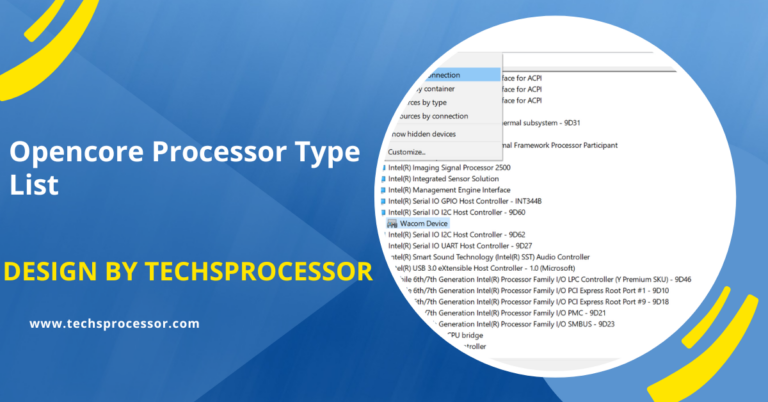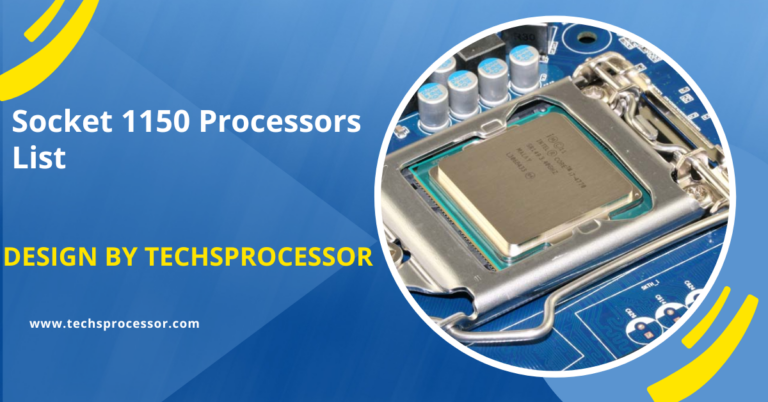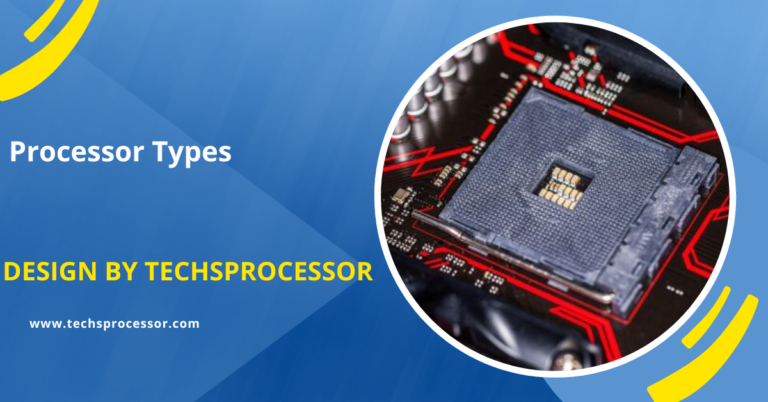Socket 775 Processor List – A Complete Guide!
Socket 775, or LGA 775, introduced by Intel in 2004, supports a variety of processors from Pentium 4 to Core 2 models, offering options for both budget and high-performance needs.
In this comprehensive guide, we’ll explore the Socket 775 processor list, providing insights into various models to help you make an informed decision.
What is Socket 775?
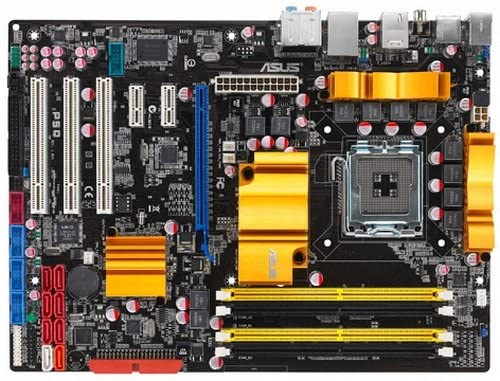
Socket 775, also known as LGA 775, is a CPU socket introduced by Intel in 2004. It was designed to replace the older Socket 478 and support Intel’s Pentium 4, Pentium D, Celeron, and Core 2 processors.
The socket features 775 pins that connect to pads on the processor, ensuring secure communication and power delivery.
Why Choose Socket 775 Processors?
Opting for a Socket 775 processor offers several benefits:
- Legacy Support: Ideal for upgrading older systems without needing a complete overhaul.
- Affordability: Socket 775 processors and motherboards are often more affordable, making them a budget-friendly option.
- Wide Availability: A broad range of processors, from entry-level to higher performance, are available in this socket.
Popular Socket 775 Processors:
Intel Core 2 Quad Series:
Intel Core 2 Quad Q9650:
- Cores/Threads: 4/4
- Base Frequency: 3.0 GHz
- Cache: 12 MB
- TDP: 95W
- Features: Known for its robust multi-core performance, the Q9650 is a great choice for multitasking and productivity tasks.
Intel Core 2 Quad Q9550:
- Cores/Threads: 4/4
- Base Frequency: 2.83 GHz
- Cache: 12 MB
- TDP: 95W
- Features: Offers a good balance of performance and power efficiency, suitable for more demanding applications.
Intel Core 2 Duo Series:
Intel Core 2 Duo E8600:
- Cores/Threads: 2/2
- Base Frequency: 3.33 GHz
- Cache: 6 MB
- TDP: 65W
- Features: With high clock speed, the E8600 is excellent for single-threaded applications and general computing tasks.
Intel Core 2 Duo E8500:
- Cores/Threads: 2/2
- Base Frequency: 3.16 GHz
- Cache: 6 MB
- TDP: 65W
- Features: Provides strong performance for everyday tasks, including office applications and web browsing.
Also Read: Socket 1150 Processors List – A Comprehensive Guide!
Intel Pentium Series:
Intel Pentium E6300:
- Cores/Threads: 2/2
- Base Frequency: 2.8 GHz
- Cache: 2 MB
- TDP: 65W
- Features: A reliable budget processor for basic computing needs, such as word processing and internet usage.
Intel Pentium E5800:
- Cores/Threads: 2/2
- Base Frequency: 3.2 GHz
- Cache: 2 MB
- TDP: 65W
- Features: Good for entry-level tasks and older games, providing solid performance at a low cost.
Intel Celeron Series:
Intel Celeron E3400:
- Cores/Threads: 2/2
- Base Frequency: 2.6 GHz
- Cache: 1 MB
- TDP: 65W
- Features: Suitable for basic computing tasks and low-power applications, offering an affordable solution.
Intel Celeron E3300:
- Cores/Threads: 2/2
- Base Frequency: 2.5 GHz
- Cache: 1 MB
- TDP: 65W
- Features: A cost-effective choice for basic desktop use and light multitasking.
Performance Comparison: Socket 775 Processors
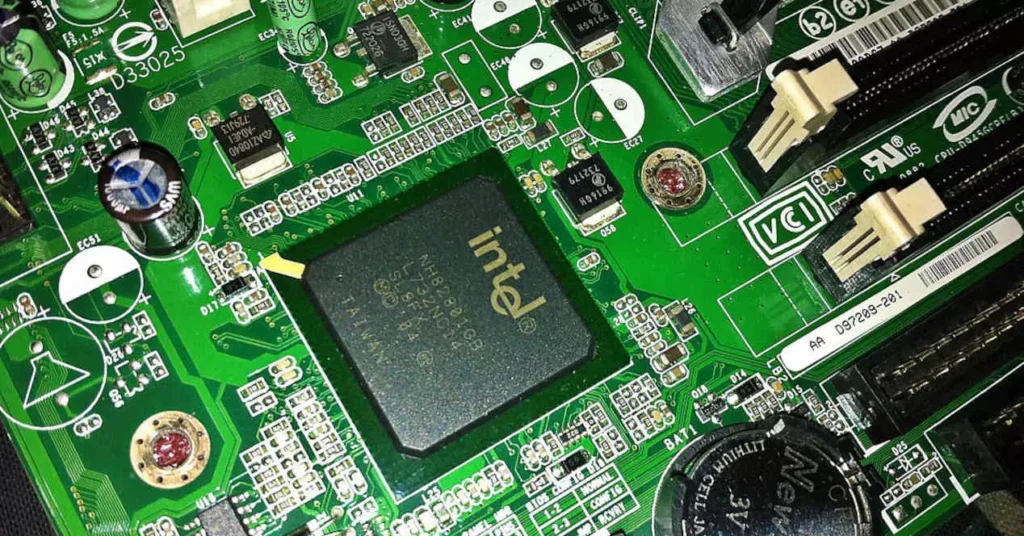
To better understand the capabilities of various Socket 775 processors, let’s compare their performance in different scenarios.
Gaming Performance:
- High-End Gaming: The Intel Core 2 Quad Q9650 and Q9550 are top choices, providing good frame rates in older and less demanding titles.
- Mid-Range Gaming: The Intel Core 2 Duo E8600 offers decent performance for less demanding games and esports titles.
- Entry-Level Gaming: The Intel Pentium E6300 and E5800 can handle older games at lower settings.
Productivity and Content Creation:
- Multitasking and Productivity: The Intel Core 2 Quad Q9650 excels in multi-threaded tasks, making it ideal for multitasking and productivity applications.
- General Productivity: The Intel Core 2 Duo E8500 provides enough power for everyday tasks, including office applications, web browsing, and light content creation.
- Basic Computing: The Intel Celeron E3400 and E3300 are suitable for basic computing needs such as word processing, spreadsheets, and web browsing.
Overclocking Potential:
Many Socket 775 processors offer overclocking potential, allowing users to push their CPUs beyond stock performance.
- Unlocked Processors: Some models, particularly in the Core 2 Duo and Core 2 Quad series, offer good overclocking potential with the right cooling solutions.
- Cooling Solutions: Effective cooling is crucial for successful overclocking. High-quality air or liquid coolers can help manage the increased heat output.
Also Read: Is Helio A22 A Good Processor – Is It Right for You?
Motherboard Compatibility:
When selecting a Socket 775 processor, it’s essential to ensure that your motherboard is compatible. Key factors include:
- Chipset: Common chipsets for Socket 775 include P45, G45, and G41, with P45 being popular for its performance features.
- BIOS Updates: Some motherboards may require a BIOS update to support newer Socket 775 processors, especially when upgrading from an older CPU.
Future Considerations:
While Socket 775 processors offer great performance and value, it’s important to consider future-proofing your system:
- Upgradability: Newer socket types and platforms offer advancements in performance, power efficiency, and features. If you plan to upgrade frequently, consider more recent sockets like LGA 1151 or LGA 1200.
- Technology Trends: Keep an eye on emerging technologies such as PCIe 4.0, DDR5 memory, and advanced connectivity options which may not be supported by older platforms like Socket 775.
FAQ’s
1. What is Socket 775?
Socket 775, also known as LGA 775, is a CPU socket introduced by Intel in 2004 to support Pentium 4, Pentium D, Celeron, and Core 2 processors.
2. Why choose Socket 775 processors?
Socket 775 processors are affordable, offer legacy support for older systems, and are widely available for various computing needs.
3. Which high-end processors are available for Socket 775?
The Intel Core 2 Quad Q9650 and Q9550 are high-end options, suitable for multitasking and productivity tasks.
4. What are some mid-range Socket 775 processors?
The Intel Core 2 Duo E8600 and E8500 provide solid performance for everyday computing and general tasks.
5. Are there budget-friendly Socket 775 processors?
Yes, Intel Pentium E6300, E5800, and Celeron E3400, E3300 are budget-friendly options for basic computing tasks.
6. Can Socket 775 processors be overclocked?
Yes, some models, particularly in the Core 2 Duo and Core 2 Quad series, offer good overclocking potential with proper cooling solutions.
7. What motherboards are compatible with Socket 775 processors?
Common compatible chipsets include P45, G45, and G41, with P45 being popular for its performance features.
8. Is it worth upgrading from Socket 775 to a newer socket?
While Socket 775 offers great value, newer sockets like LGA 1151 or LGA 1200 provide advancements in performance, power efficiency, and features, making them worth considering for future upgrades.
Conclusion
The Socket 775 platform offers a wide range of processors catering to different performance needs and budgets. Whether you’re building a high-performance system or a budget-friendly everyday PC, there’s a Socket 775 processor that fits the bill. Use this guide to make an informed choice and get the most out of your next PC build.
